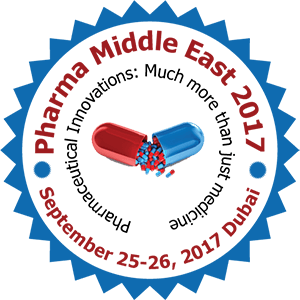
Mohamed Mahmoud Elseweidy
Zagazig University, Egypt
Title: Vitamin D3 intake as regulator of insulin degrading enzyme and insulin receptor phosphorylation in diabetic rats
Biography
Biography: Mohamed Mahmoud Elseweidy
Abstract
Insulin-degrading enzyme (IDE, insulysin) is a rate–limiting enzyme in the insulin degradation process. It is an intracellular 110-kDa thiol zinc-metalloendopeptidase located in the cytosol, peroxisomes, endosomes and cell surface. IDE catalyzes degradation of several small proteins including insulin, amylin and β-amyloid protein. In addition, insulin clearance was expressed as a target in the treatment of type 2 diabetes given the role of hyperinsulinemia in the pathogenesis of insulin resistance. In this study, fourtyadult male Wistar albino rats were used, thirty rats received 20% fructose in drinking water (HFW) for six weeks to induce diabetes. Subsequently, these rats developed significantly higher body weights, dyslipidemia, hyperglycemia and insulin resistance compared to their controls. Significant increase in the levels of serum glucagon, IDE in liver tissue along with an inhibition of insulin receptor phosphorylation were also observed. Concurrent oral administration of vitamin D3 along with HFW resulted in significant decrease of serum glucose, total cholesterol, triacylglycerol and LDL-C levels. Vitamin D alleviated also insulin resistance, where both IDE, glucagon levels showed significant decrease along with activation of insulin receptor phosphorylation. Normal rats, received vitamin D3 only demonstrated non significant changes of the studied biomarkers. We concluded that vitamin D3 ameliorated insulin resistance and hyperinsulinemia in diabetic rat model received HFW through reduction of IDE and activation of insulin receptor phosphorylation.

